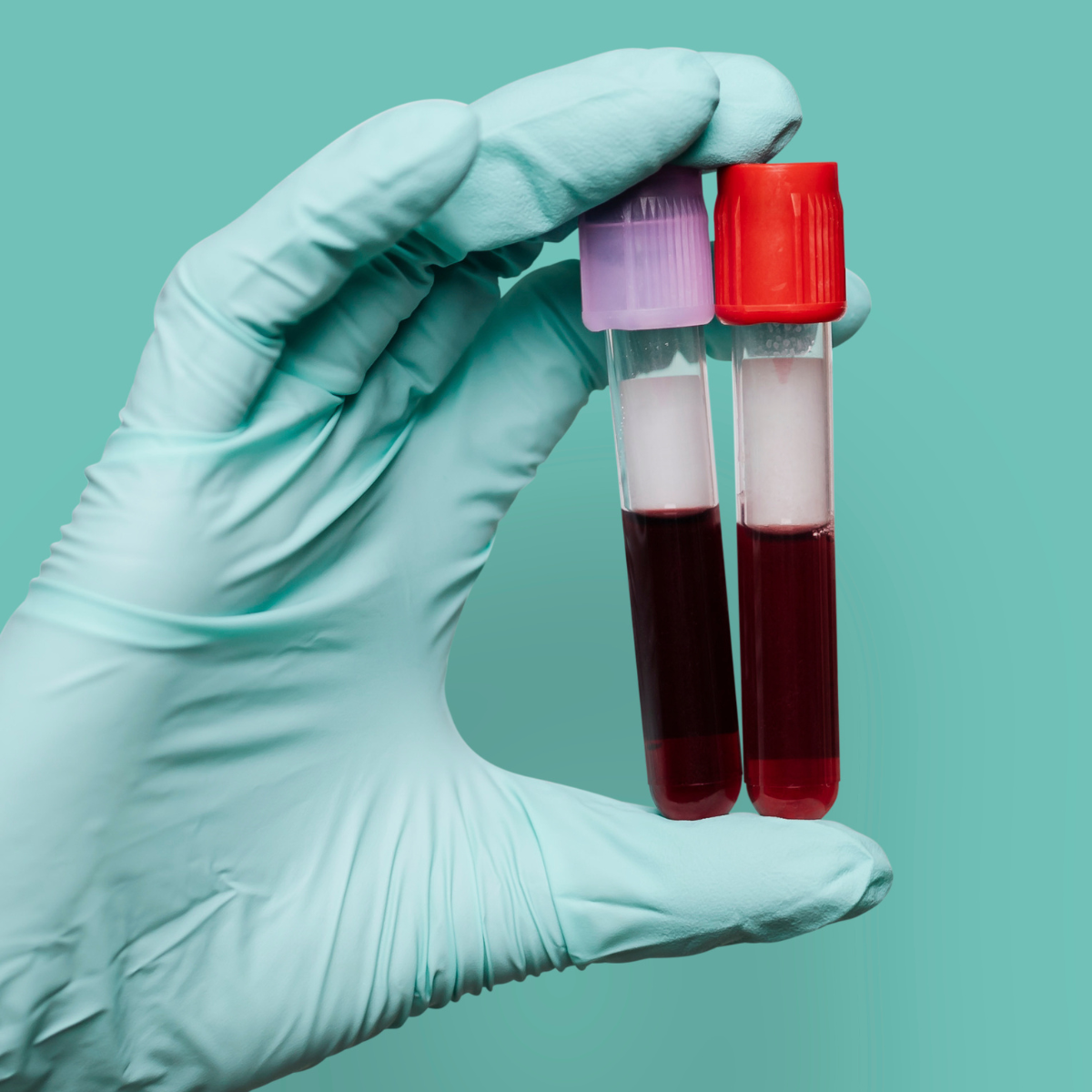S5.12 In the blood: using circulating DNA to detect and monitor cancer
Hello, and welcome to Genetics Unzipped - the Genetics Society podcast, with me, Dr Kat Arney. In this episode, sponsored by AstraZeneca, we’re taking a closer look at the red stuff, finding out what a few millilitres of blood can reveal about the development, progression and treatment of cancer within the body.
If you follow the science news - which, being a listener of this podcast, I’m sure you do - you can’t have failed to notice regular headlines promising a ‘simple blood test for cancer’. There have been many stories about such tests over the years, and it’s easy to see their appeal. Rather than painful surgical biopsies, expensive scans or complicated screening tests, what if we could simply take a small tube of blood and discover a wealth of information, such as whether or not you have cancer in your body, where it started, how to treat it, and whether that treatment is actually working.
Dr Susan Galbraith: when cancer DNA circulates
Many of these blood tests, often referred to as liquid biopsies, rely on the detection of tiny fragments of DNA shed from tumour cells that float about in the bloodstream, known as circulating tumour DNA, or CT DNA. And as the technology improves year on year, these tests are coming closer and closer to becoming a reality, moving from the arena of research into clinical practice or widespread screening. I caught up with Dr Susan Galbraith, Executive Vice President of Oncology R&D at AstraZeneca to find out more about where CT DNA comes from, and what it can tell us about cancer. Click here to read what she had to say…
Professor Charles Swanton: finding hidden tumours
I wanted to learn more about how cancer researchers and doctors are using CT DNA to understand more about the progression and evolution of cancer in the body - a topic I’m particularly interested in since writing my latest book, Rebel Cell: Cancer, evolution and the science of life. And who better to speak to than Professor Charles Swanton, or Charlie as I know him - professor of oncology at University College London, and a group leader at the Francis Crick Institute, where he and his team are applying CT DNA technology in research and ultimately in the clinic to improve treatment for patients. Click here to find out more…
Sir Harpal Kumar: a cancer treatment revolution
As Charlie mentioned, one exciting application of CT DNA is in detecting cancer earlier. My old boss from Cancer Research UK, Sir Harpal Kumar, is now the President of GRAIL Europe, a company that has developed a blood test for multiple different types of cancer based on looking for DNA methylation patterns on fragments of circulating tumour DNA. These methylation marks are molecular tags attached to DNA that are associated with changes in gene activity, also known as epigenetic changes. So, how can we use this information to detect cancer, and what else can it tell us? Click here to read his answer…
Thanks very much to AstraZeneca for sponsoring this episode. Visit astrazeneca.com to find out more about what science can do when it comes to helping us understand treat and ultimately beat cancer.
That’s all for now. Next time we’ll be mixing up Sherlock Holmes and CSI, taking a look at the genetics of fingerprints and the stories revealed by genetic fingerprinting. For more information about this podcast including show notes, transcripts, links, references, music credits and everything else head over to geneticsunzipped.com
You can find us on Twitter @geneticsunzip and please do take a moment to leave us a rating in the Spotify app or review us on Apple podcasts - it really makes a difference and helps more people discover the show. This episode of Genetics Unzipped was written and presented by Kat Arney. It is produced by First Create the Media for The Genetics Society - one of the oldest learned societies in the world dedicated to supporting and promoting the research, teaching and application of genetics. You can find out more and apply to join at genetics.org.uk. Our theme music was composed by Dan Pollard, and the logo was designed by James Mayall, and audio production was by Sally Le Page. Thanks for listening, and until next time, goodbye.







